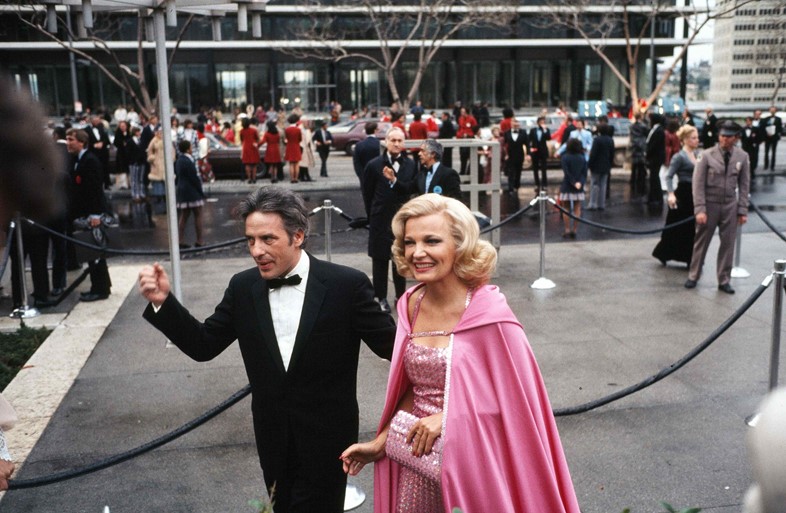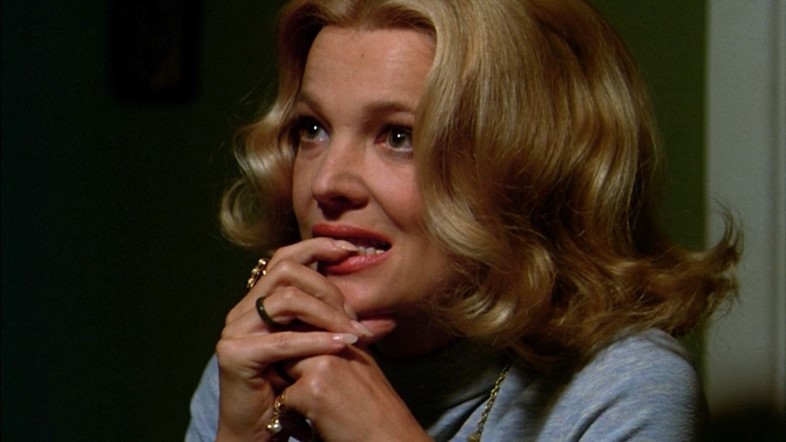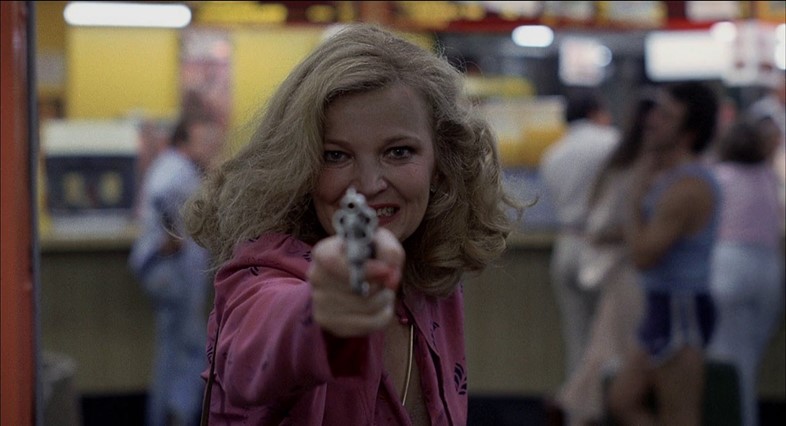Following the actress’s passing, we look back on five of the best cinematic collaborations between Gena Rowlands and her husband John Cassavetes
There are successful artist-muse collaborations – David Lynch and Laura Dern, John Waters and Divine, Josef von Sternberg and Marlene Dietrich – that have resulted in some of the most innovative films of their time. And then, there’s John Cassavetes and Gena Rowlands.
Once she embodied vulnerable, tormented women, she downplayed everything that had been on screen before. Isabelle Adjani compared her to a painting by Francis Bacon that came out of nowhere and blasted every other actress as simply “old-fashioned”. Under the adoring gaze of her husband, Rowlands was given all the close-ups and caresses from the camera to become the epicentre of her own storm.

Her constant on-screen smoking and drinking, casual violence, and disarming, feral facial expressions helped create a new cinematic genre of the empowered, erratic woman. What set her apart was how intensely she connected to her feelings, yet how she still remained distant and pragmatic, ferociously protecting her independence.
In light of the actor’s recent passing, we look back at five of Gena Rowlands’ best collaborations with John Cassavetes.

Faces (1968)
The sudden announcement of a divorce brings on a night filled with booze and uncomfortable revelations, to which Rowlands adds effortless glamour as a very understanding prostitute. She doesn’t seem to care much about anything but still can’t stop herself from crying. Interestingly, the grainy cinéma vérité style renders the highly decorated interiors rather dazzling than real. As they violently ponder over their empty lives with the usual cig and cocktail combo, Faces highlights how a divorce can still be nothing but a first-world problem.

Minnie and Moskowitz (1971)
Here, Rowlands plays a sophisticated museum director in Los Angeles, initially appalled by Moskowitz’s behaviour until he actually kidnaps her and threatens to “bust her face” if she doesn't comply with his amorous endeavours. She starts to go with his flow to escape her loneliness and we wonder if she really loves him or simply loves being adored by him. It’s perhaps a reflection of Cassavetes’ admiration for his wife, following the Dolce Vita motto: Even in love, it’s better to be chosen.

A Woman Under the Influence (1974)
Mabel, a married mother of three and a heavy drinker, deteriorates rapidly before the eyes of everyone, much to the chagrin of her husband, who feels embarrassed by her sudden outbursts and inappropriate behaviour. She later gets institutionalised, making her even more distraught. If there’s one constant in all of her roles with Cassavetes, it’s that a slap in the face is always followed by declarations of love and looking after.

Opening Night (1977)
Theatre star Myrtle witnesses the fatal accident of a fan, causing her to drink and hallucinate her way through rehearsals. The drama of the decor is reminiscent of Lynch or Argento’s Suspiria, full of bold colours and graphic shapes. With her shiny, dusty pink stiletto nails, oversized sunglasses that she never takes off, whiskey bottle and tear-smeared makeup, Rowlands is the troubled Broadway diva who sums up her own dilemma: “I am not me. I used to be me but I’m not anymore.”

Gloria (1980)
The plot of Gloria can be seen as almost comedic (an entire New York mob chasing a woman and a child), with gangsters portrayed as a group of incapable men with guns, although the captivating Neo-noir style of the film is slightly misleading. As we marvel at Rowlands’ wardrobe by Emanuel Ungaro, Gloria becomes proof that Cassavetes didn’t have much love for the gangster genre, so he sent his wife to finish the mob and make a statement: Gloria is the real gangster here.
